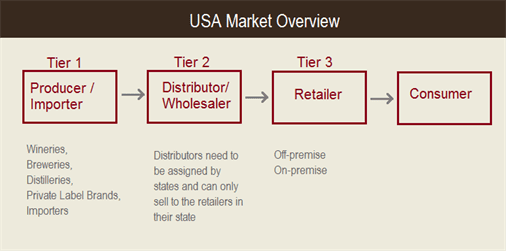After Monday’s lecture, I couldn’t help but wonder, how is
wine in Europe regulated? Is the EU a productive force on the distribution of
wine or a common hindrance?
It turns out that EU wine regulations (which cover over 60%
of the world’s wine producers), are a part of the Common Agricultural Policy
(CAP) of EU. These regulations focus more on vineyard allotment per country,
winemaking practices and labeling rather than the distribution process.
It is clear that EU wine regulations are set to protect
producers by capping overproduction of certain wines and protect consumers, by
providing certified labels for Protected designations of origin (PDOs). The
complexity of the 21st amendment has created a 3-tier system in the
United States including distributors. In Germany, for example, it is clear that
distribution is direct to consumer and direct to retail, cutting out the
middleman. Economically, the result is better for producers and consumers. As
mentioned in class, I hope that the United States can improve its distribution process
for alcoholic beverages. Having a direct to consumer and retail market is
better for everyone.
Example of Distribution in Germany:
Three – Tiered system in United States
Sources:



No comments:
Post a Comment